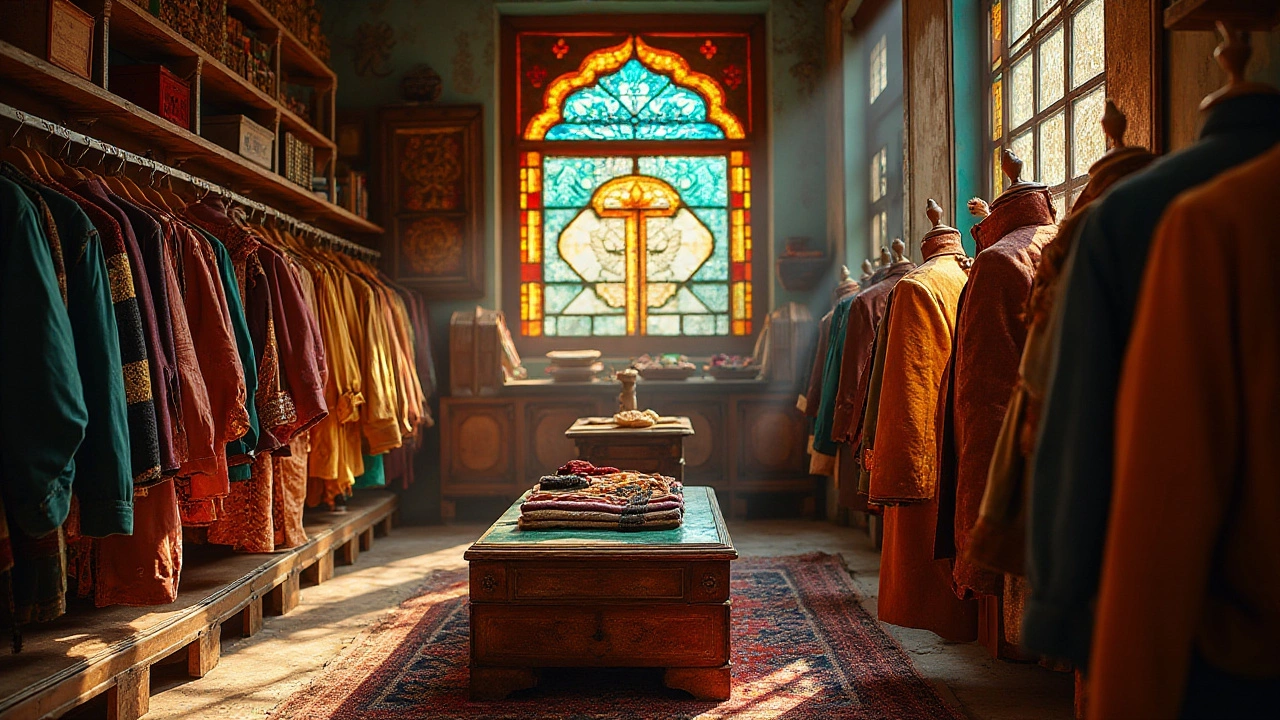Second-Hand Clothing Made Simple: Save Money, Look Great, Help the Planet
Buying second-hand isn’t just a trend – it’s a practical way to stretch your budget and cut waste. Whether you’re hunting for a vintage tee or a barely‑used pair of shoes, the basics are the same: know what you want, shop smart, and treat your finds right.
How to Find Quality Pieces Quickly
Start with a clear idea of the item you need. Walk into a thrift store with a mental checklist: fabric, seams, stains, and any missing parts. Cotton and denim hold up best over time, while stretchy synthetics can lose shape after a few washes. If the label is still on, glance at the care instructions – they give clues about durability.
Don’t ignore the “sale” racks. Stores often push older stock there, and those pieces are usually still in good condition. Online resale platforms work the same way – use filters for size, condition, and price to narrow the pool.
Caring for Pre‑Owned Clothes
Once you bring a second-hand find home, treat it like any other garment but add a few extra steps. Check the pockets for hidden items, then give the piece a quick air‑out before the first wash. Turn items inside out to protect prints and colors, and wash in cold water on a gentle cycle.
If you’re unsure about fabric strength, hand‑wash delicate pieces or use a mesh laundry bag. For tough stains, spot‑treat with a mild detergent before the wash – this prevents the stain from setting in the dryer.
Drying is where many second‑hand items get ruined. Air‑dry whenever possible. If you must use a dryer, pick a low‑heat setting and remove the clothes while still slightly damp to avoid shrinkage.
Finally, store your finds properly. Hang shirts on sturdy hangers to keep shoulders from sagging, and fold sweaters to avoid stretching the knit. Use breathable fabric bags for special vintage pieces to keep dust away without trapping moisture.
Second-hand clothing can be a treasure trove of style, but the key is knowing what to look for, how to shop efficiently, and how to keep your pieces in top shape. Follow these tips, and you’ll build a wardrobe that’s affordable, unique, and kinder to the environment.

